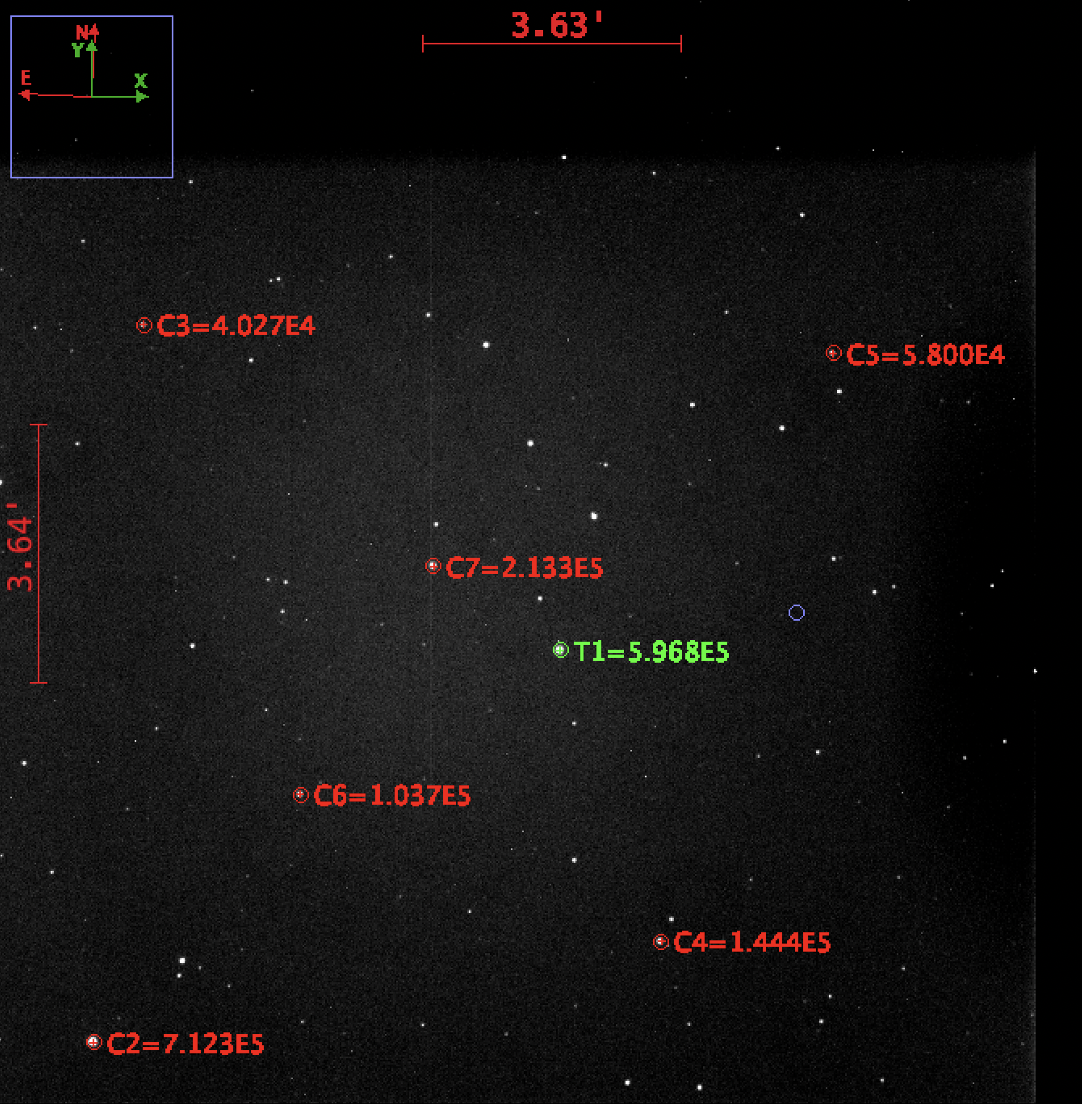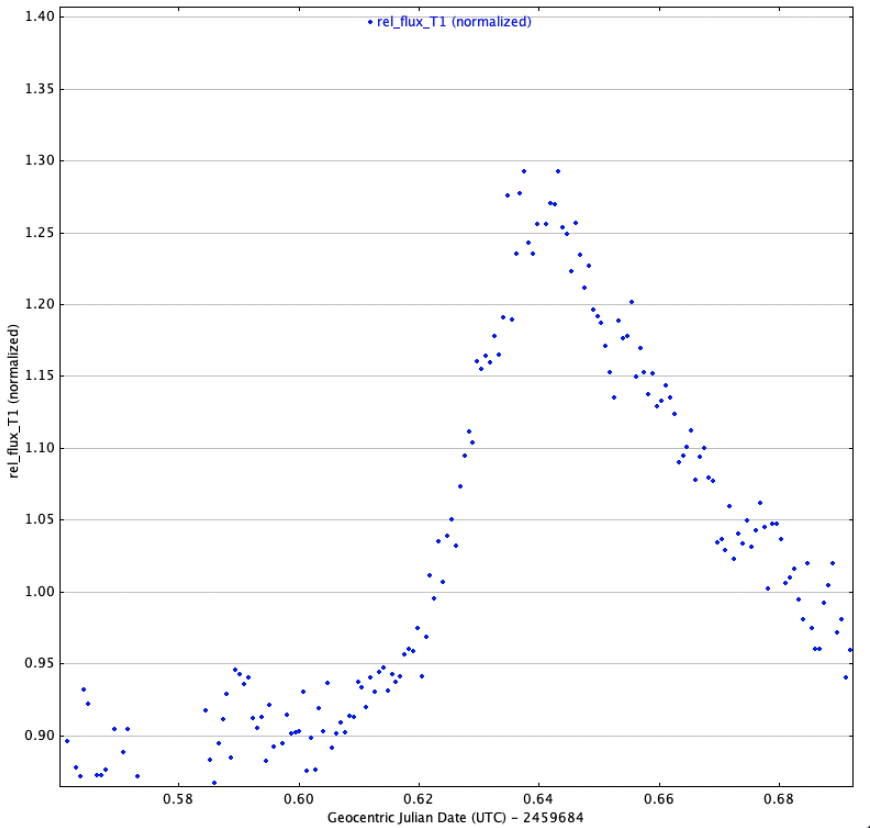Variable Star Observations
In the spring of 2022, I had the chance to use the Penn State Observatory to view SZ Lyn, a star in the lynx constellation. SZ Lyn is a quite a unique star due to its variance in brightness and through using the help of telescopes and a few different programs, I was able to map out a light curve and determine the period of its brightness variance.
Star & Telescope Details
SZ Lyn is a binary star system in the Lynx constellation with a magnitude range of 9.08 - 9.72 V. To collect data on the star, a telescope with the capability to observe deep space stars was used. The telescope was equipped with a deep sky filter allowing it to get more detailed images of the sky and minimize light pollution.
Telescope Testing
Before and during observing the star, various test were done on the telescope. The test included are listed below. Each of the test are used in combination to provide much clearer and detailed images, getting rid of any noise, light pollution, and general telescope manufacturing problems.
Calibration: Once the telescope is positioned properly, calibration is done to improve our post processing images and reduce useless data. To calibrate the image, a processing software called AstroImageJ was used allowing the user to select the star within the image along with nearby stars in the image, also allowing the image to be centered for all future images.
Bias: Bias frames are images taken with on light falling on the image sensor. This is done using a very short exposure time, in my case 0.05 seconds. These images are taken as telescopes tend to have a dark fixed-pattern noise, which is a pattern that results from manufacturing of the telescope. For accurate analysis you want to remove this from your images. A total of 15 bias images were taken and combined to create a master bias.
Darks: Dark frames are similar to bias frames, however taken with the same exposure as you plan to use in your data collection images. In my case this was an exposure time of 9 images. Darks allow you to get rid of any thermal activity that shows up in the frames from heat in the image sensor among other smaller issues. Similarly, 15 dark frames were captured and combined into one master dark.
Flat fields: Flat frames allow you to calculate the correction factor for each pixel so each pixel gives the same value when exposed to the same amount of light for a given optic path. These are taken right after all images are taken for the night and used to find dust motes, lens vignetting, and other small things that can affect the image. I took 15 flat field frames and they were similarly combined.
Data and Results
Following the calibration, bias and dark frames, a collection of 750 images were taken over the span of 2.5 hours, with a 9 second exposure for each image. For each image the luminosity of SZ Lyn was tracked using AstroImageJ. Due to some issues with a handful of images, 633 images were used in the final data results.
The luminosity data was used to calculate the flux of the star for each image and that data was then used to plot a graph comparing the flux to the time at which each image was taken. Below is the Flux curve produced .
Conclusions
The data above was able to determine that the period of SZ Lyn is 2 hours and 54 minutes, one of the shortest periods for a star in our galaxy. This data shows that SZ Lyn is a variable pulsating star, specifically a High Amplitude Delta Scuti (HADS) star. These tend to have short periods and an amplitude around .15 mag.


